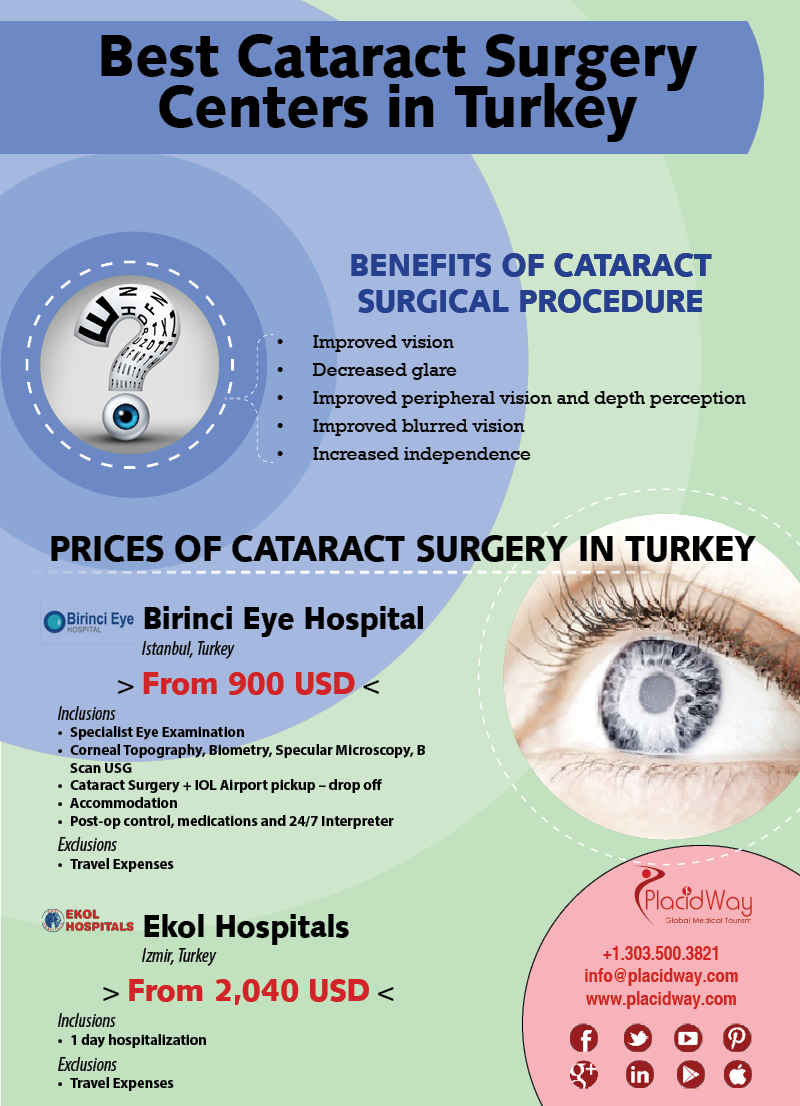Contrasting Traditional And Modern Approaches To Dealing With Glaucoma
Contrasting Traditional And Modern Approaches To Dealing With Glaucoma
Blog Article
Content By-Hendricks Jantzen
Did you recognize that the evolution of glaucoma treatment approaches spans centuries, encompassing both standard solutions and advanced technologies? From old organic concoctions to innovative Minimally Invasive Glaucoma Surgical procedure techniques, the range of choices is substantial. As you explore the complexities of standard versus cutting-edge strategies, you might reveal surprising insights that challenge standard perspectives on treating this prevalent eye problem.
Historical Development of Glaucoma Treatments
The historic advancement of glaucoma therapies goes back to ancient worlds where various solutions were utilized to take care of the condition. In ancient Egypt, for instance, therapies involved a combination of honey, fat, and sour milk related to the eyes. The Greeks and Romans likewise contributed to very early glaucoma therapies with a focus on topical applications and nutritional interventions. Throughout background, diverse cultures established distinct approaches to reduce the signs and symptoms of glaucoma, typically rooted in herbal treatments and superstitious notions.
As time advanced, improvements in clinical understanding resulted in more systematic strategies to treating glaucoma. In The Center Ages, Arabic scholars made significant contributions by studying the composition of the eye and establishing medical strategies to resolve eye problems. These very early advancements laid the foundation for modern-day glaucoma treatments that we've today. Recognizing the historic context of glaucoma treatments provides useful understandings into the constant progression and refinement of medical methods over the centuries.
Comparison of Typical Approaches
In contrasting typical methods for treating glaucoma, think about the historical contexts and effectiveness of different solutions.
Conventional treatments for glaucoma have progressed over centuries, from ancient methods like utilizing honey and red wine to extra recent advancements such as eye decreases and surgeries. Historically, treatments like the application of leeches or natural concoctions were made use of to ease signs and symptoms, yet their efficiency was restricted.
As time proceeded, methods like iridectomy, where a part of the iris is gotten rid of, ended up being prominent for lowering intraocular stress. Some conventional techniques, like utilizing oral medicines to decrease eye stress, have stood the test of time and are still utilized today. Nevertheless, these treatments frequently include adverse effects and might not be as efficient as contemporary choices.
It's important to consider the historic value of conventional glaucoma therapies against their efficacy in the context of present clinical innovations.
Assessment of Innovative Treatment Methods
Taking into consideration the developing landscape of glaucoma treatment, ingenious strategies are transforming the way this eye problem is managed.
One notable development is minimally intrusive glaucoma surgical treatment (MIGS), which provides a much less invasive option to typical operations. https://tlcaffiliateddoctors73940.eedblog.com/26607527/discovering-the-link-between-dry-eye-and-screen-time intends to decrease intraocular stress by improving the eye's natural drainage system, bring about fewer issues and faster recuperation times contrasted to standard surgical treatments.
Furthermore, the growth of sustained-release medicine delivery systems has actually provided a much more reliable means to carry out glaucoma medicine. These systems can release medicine progressively over an extended duration, boosting patient adherence and lowering the frequency of eye decreases.
Additionally, emerging modern technologies like discerning laser trabeculoplasty (SLT) supply a non-invasive choice for lowering intraocular pressure by targeting certain cells in the eye's drain system.
Conclusion
As you reflect on the advancement of glaucoma therapies, you can see how traditional approaches have led the way for innovative techniques to emerge.
From cataract surgery 30 years ago to modern advancements, the trip of treating this complex eye condition has actually been like a rollercoaster trip.
But with browse around here -new methods like MIGS and sustained-release medication shipment, the future appearances brighter than ever for patients looking for reliable and less invasive remedies.
